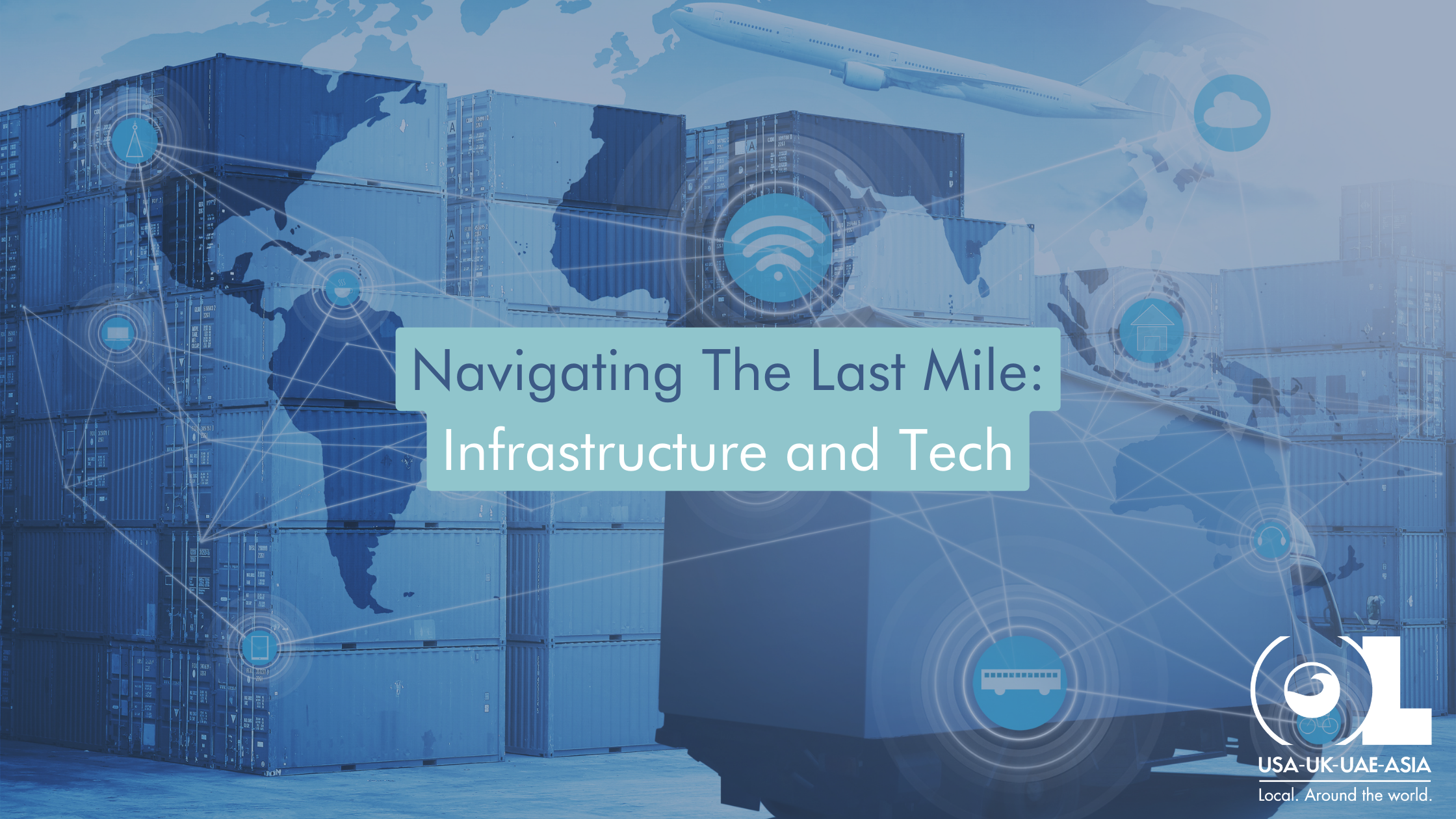Last-mile delivery is the heart and soul of the supply chain. It’s the final leg of the journey, where products make their way into the eager hands of customers. We want to explain the significance of last-mile delivery, unravel the complexities it presents, and shed light on the constantly growing expectations of customers who crave fast and reliable deliveries.
A. The significance of the last-mile delivery in the overall supply chain:
Picture this: a product has been carefully manufactured, meticulously packed, and smoothly transported across vast distances. But all of this effort is merely a prelude to the grand finale—the last mile. The last-mile delivery is where the magic happens, where the product reaches its ultimate destination, and the customer experience comes to life.
This phase is a critical touchpoint that directly influences customer satisfaction and brand loyalty. It’s the moment when a package goes from being an item on a screen to a tangible delight. The success of last-mile delivery impacts a company’s reputation and, ultimately, its bottom line. Efficient and reliable last-mile delivery is the key to winning the hearts and minds of customers.
One of the reasons Amazon is so successful is because they have built tremendously complicated and extensive infrastructure to handle last-mile deliveries that meet their customers’ expectations. But just because Amazon dedicated tons of their tremendous resources to setting themselves up doesn’t mean that other, smaller businesses can’t compete. Let’s talk about that.
B. The complexities and challenges associated with the last-mile delivery process:
Ah, the last mile—where the rubber meets the road, quite literally. This stage presents a unique set of challenges that can make even the most experienced logistics professionals break a sweat. Think about navigating through congested city streets, maneuvering around unpredictable traffic, and finding suitable parking spaces. These hurdles can significantly impact delivery timelines and customer satisfaction.
Moreover, the volume and diversity of deliveries pose a challenge. Different products have distinct requirements: fragile items need delicate handling, perishable goods demand timely delivery, and oversized packages require specialized equipment. Balancing all these variables while optimizing routes and schedules can be a logistical puzzle.
C. Highlighting the rising customer expectations for fast and reliable deliveries:
In the era of instant gratification, customer expectations have skyrocketed. Thanks to the rise of e-commerce giants and same-day delivery services, customers have become accustomed to receiving their orders with exceptional speed and reliability. They expect nothing less.
Customers want to track their deliveries in real-time, receive accurate ETAs, and have multiple options for delivery time windows. They demand seamless communication and proactive updates. A delay or mishap during the last-mile delivery can lead to frustrated customers and tarnished brand reputation.
But How Can Tech Help?
Data analytics has emerged as a game-changer in the world of last-mile delivery. By analyzing vast amounts of historical data, we can uncover patterns and trends that allow us to optimize delivery routes like never before.
Utilizing sophisticated algorithms and geographical insights, data analysis helps us make informed decisions about the most efficient routes. By considering factors such as traffic patterns, weather conditions, and even customer preferences, we can minimize travel time, reduce fuel consumption, and improve overall productivity. This means faster deliveries and happier customers!
A. The role of advanced technologies like artificial intelligence and machine learning in improving efficiency:
Artificial intelligence (AI) and machine learning (ML) are not just buzzwords—they’re our secret weapons for conquering last-mile challenges. AI-powered algorithms continuously learn and adapt from data, helping us to make smarter decisions and improve operational efficiency.
With AI and ML, we can predict demand fluctuations, optimize vehicle utilization, and even automate delivery scheduling. By analyzing real-time data streams, we can dynamically adjust routes to avoid traffic congestion or unexpected road closures. These technologies empower us to stay one step ahead, tackling the complexities of last-mile delivery with agility and precision.
B. The benefits of real-time tracking and visibility for customers:
In the age of instant information, customers crave transparency and control over their deliveries. Real-time tracking and visibility have become indispensable features in providing a top-notch last-mile experience.
With GPS tracking and mobile applications, customers can access accurate and up-to-date information about their deliveries. They can view estimated arrival times, receive notifications about any delays or changes, and even communicate directly with delivery personnel. This level of transparency and visibility not only reduces anxiety but also builds trust and loyalty with our customers.
As a 3PL, we understand that data and technology are catalysts for revolutionizing last-mile delivery, not just mere buzzwords. By harnessing the power of data analytics, artificial intelligence, and machine learning, we optimize routes, boost efficiency, and exceed customer expectations. We’re doing everything we can to transform the last mile into a seamless journey for our customers, helping them compete with giant organizations who have dedicated countless resources to building out their own last-mile infrastructure. If you’d like to learn more about OL’s last-mile services, contact us, and we’ll see what we can do to help your business.



